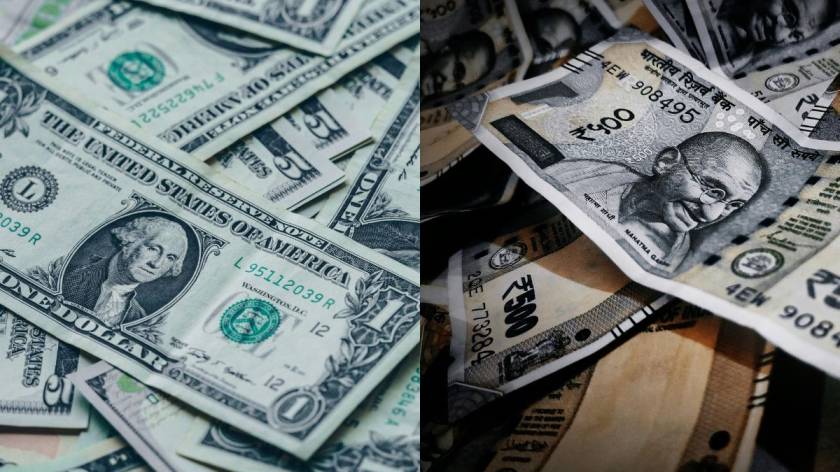The Indian rupee hit a record low of 86 against the US dollar on January 10, 2025, due to the strong American currency and a large outflow of foreign funds. This decline was marked by a 14-paise drop in the rupee’s value. India’s rupee is under pressure due to several factors described below:
- Foreign investor withdrawal: Capital outflows are reducing demand for the rupee.
- Rising crude oil prices: Increased demand for dollars to pay for oil imports.
- Negative domestic stock market sentiment: Reduced investor confidence in India’s economy.
- Upcoming US presidency and potential trade restrictions: Increased demand for dollars due to uncertainty.
- Low exports: Reduced demand for the rupee and decreased economic growth.
To stabilize the value of the rupee, the Reserve Bank of India (RBI) is utilizing its foreign exchange reserves. By releasing more dollars into the market, the RBI aims to maintain a stable demand for the INR. As a result, India’s foreign exchange reserves have also decreased.
Rupee Falling Against USD: Who Gains & Who Suffers?
The effect of falling INR is not only on the government but is also visible on the public. Traditionally, when the INR falls, imports become expensive and exports become cheaper. That is, the government has to spend more INRs to buy goods from abroad. Be it oil or gold. Notably, India imports more than 80% of its total oil needs and when the INR weakens retails prices of petrol and diesel increases.
Who Gains?
The strengthening of the US dollar against INR benefits the US and the countries that export goods to India because international trade is largely conducted in US dollars. Indians working in the US also gain from this exchange rate. When they convert their dollars to INR, they receive a higher value of Indian currency.
Who Suffers?
Indians are the biggest sufferers when the INR falls because they face higher inflation. Also, students planning to study abroad, especially in the US, are also severely impacted because they need to pay tuition fees in dollars, the weak INR means they have to spend more to convert their money.
ALSO READ: SIP: How Just Rs 500 A Month Can Help You Build A Corpus Of Over Rs 50 Lakh?













